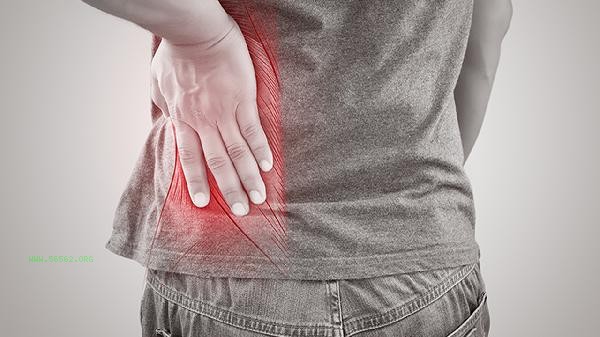Eating too much pork belly may lead to hyperuricemia or indigestion. Waist, as an animal organ, contains high levels of purines and cholesterol. Overconsumption may lead to problems such as gout and gastrointestinal discomfort. The purine content in the kidneys is relatively high, and frequent and large intake can lead to an increase in uric acid levels in the body. The deposition of uric acid crystals in joints may cause gouty arthritis, characterized by joint redness, swelling, heat, and pain. Long term high uric acid levels may also damage kidney function and increase the risk of kidney stones. The cholesterol content in the waist is also high, with about 300 milligrams of cholesterol per 100 grams, exceeding the recommended daily intake. A high cholesterol diet may affect lipid metabolism and be detrimental to cardiovascular health.

Some people may experience digestive system reactions after consuming pork belly. Animal organs have a tight texture and high fat content, and excessive consumption can increase the burden on the gastrointestinal tract. Common symptoms include bloating, belching, diarrhea, etc. During the metabolic process, the kidneys produce nitrogen-containing waste, which may be difficult for those with abnormal liver function to metabolize in a timely manner, leading to the risk of ammonia poisoning. A small number of people who are allergic to animal protein may experience allergic reactions such as skin itching or urticaria after consumption.

It is recommended to control the frequency of consumption of animal organs, no more than 1-2 times a week, and consume no more than 50 grams per time. Patients with hyperuricemia and gout should avoid consumption. Pairing vegetables and fruits rich in vitamin C can help promote uric acid excretion, such as broccoli and kiwifruit. When cooking, it is recommended to blanch to remove some purines and fat, and avoid grilling or frying. When experiencing persistent joint pain or digestive symptoms, timely medical attention should be sought to check uric acid and liver function indicators.









Comments (0)
Leave a Comment
No comments yet
Be the first to share your thoughts!